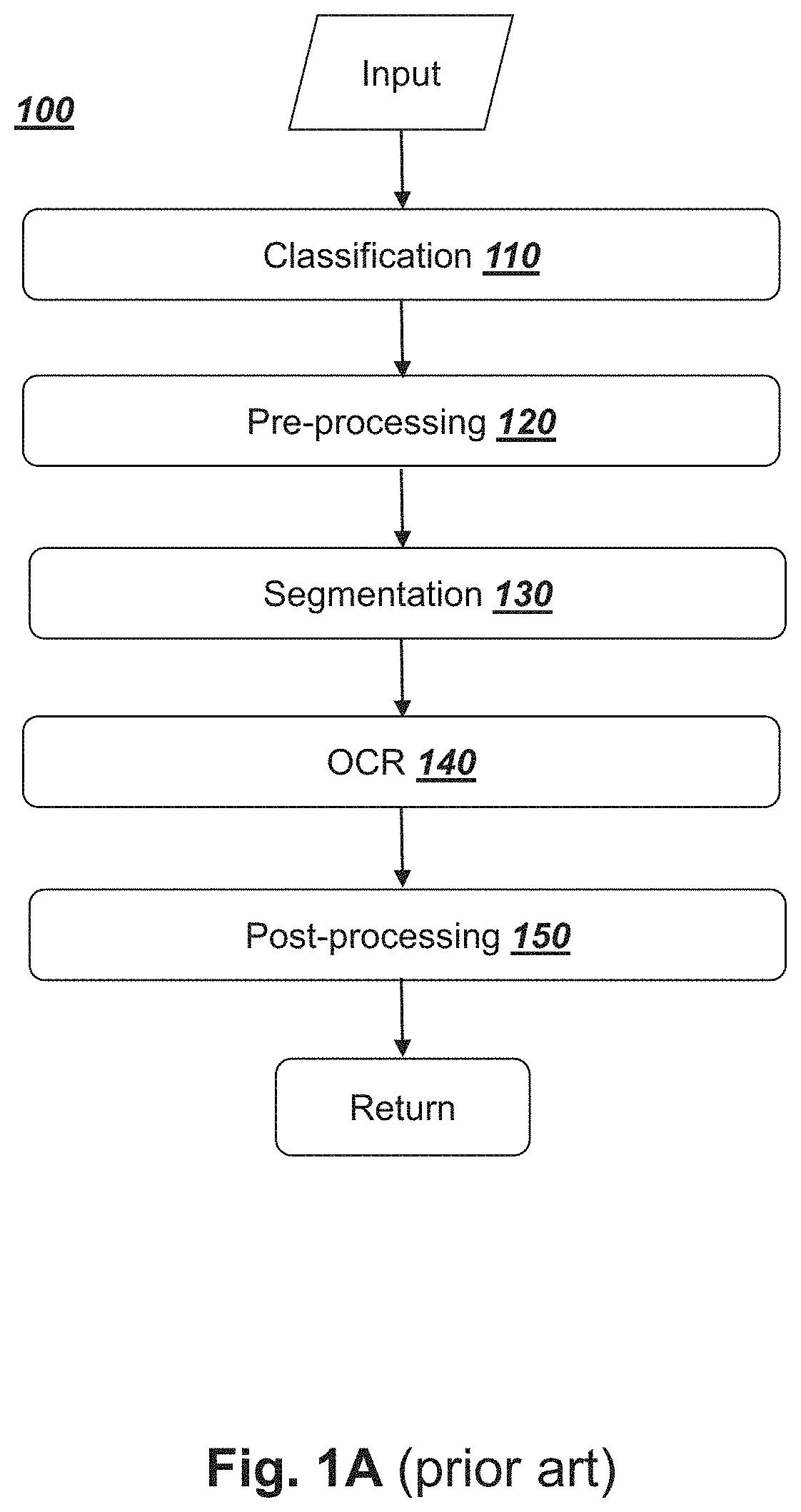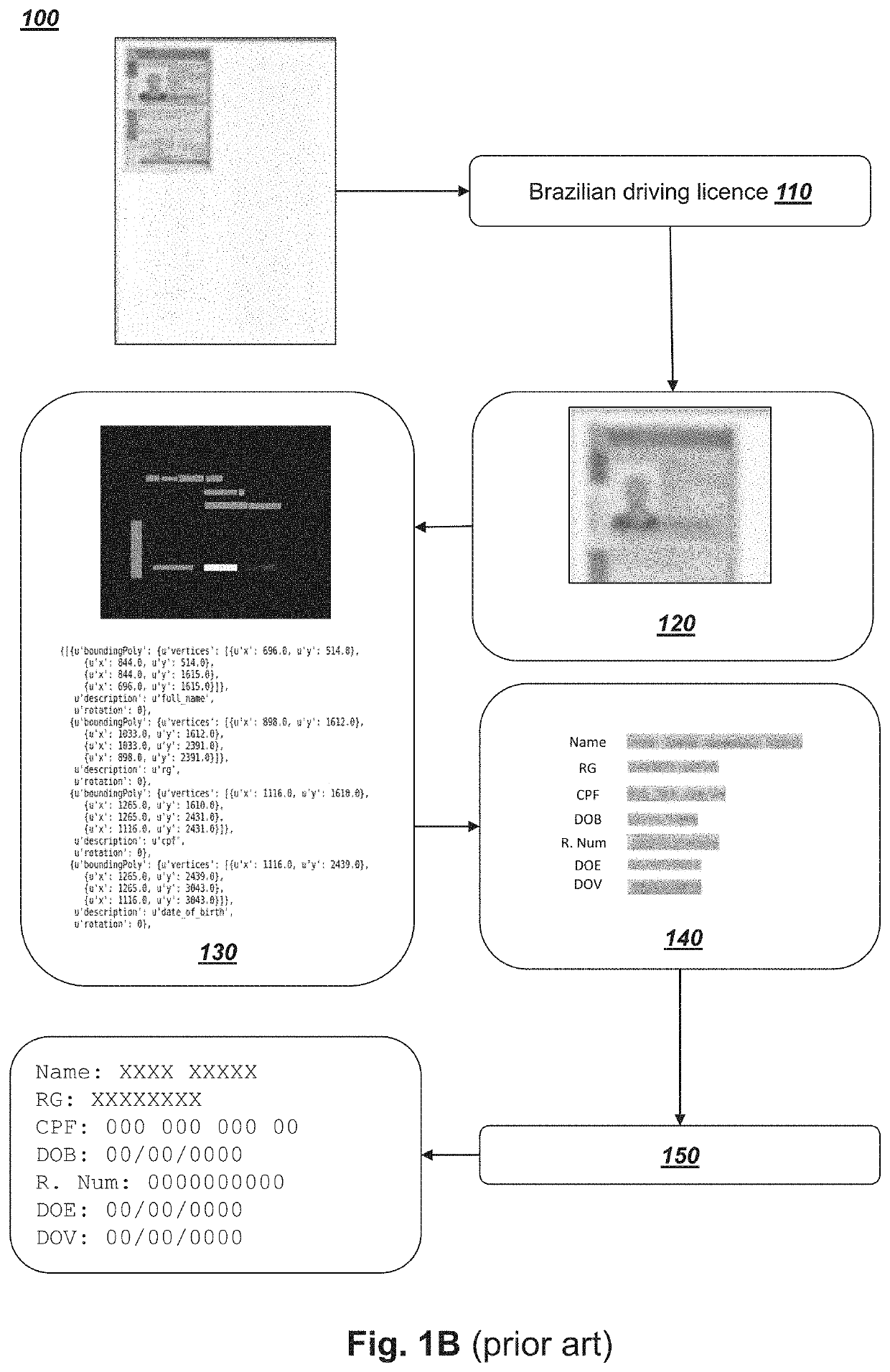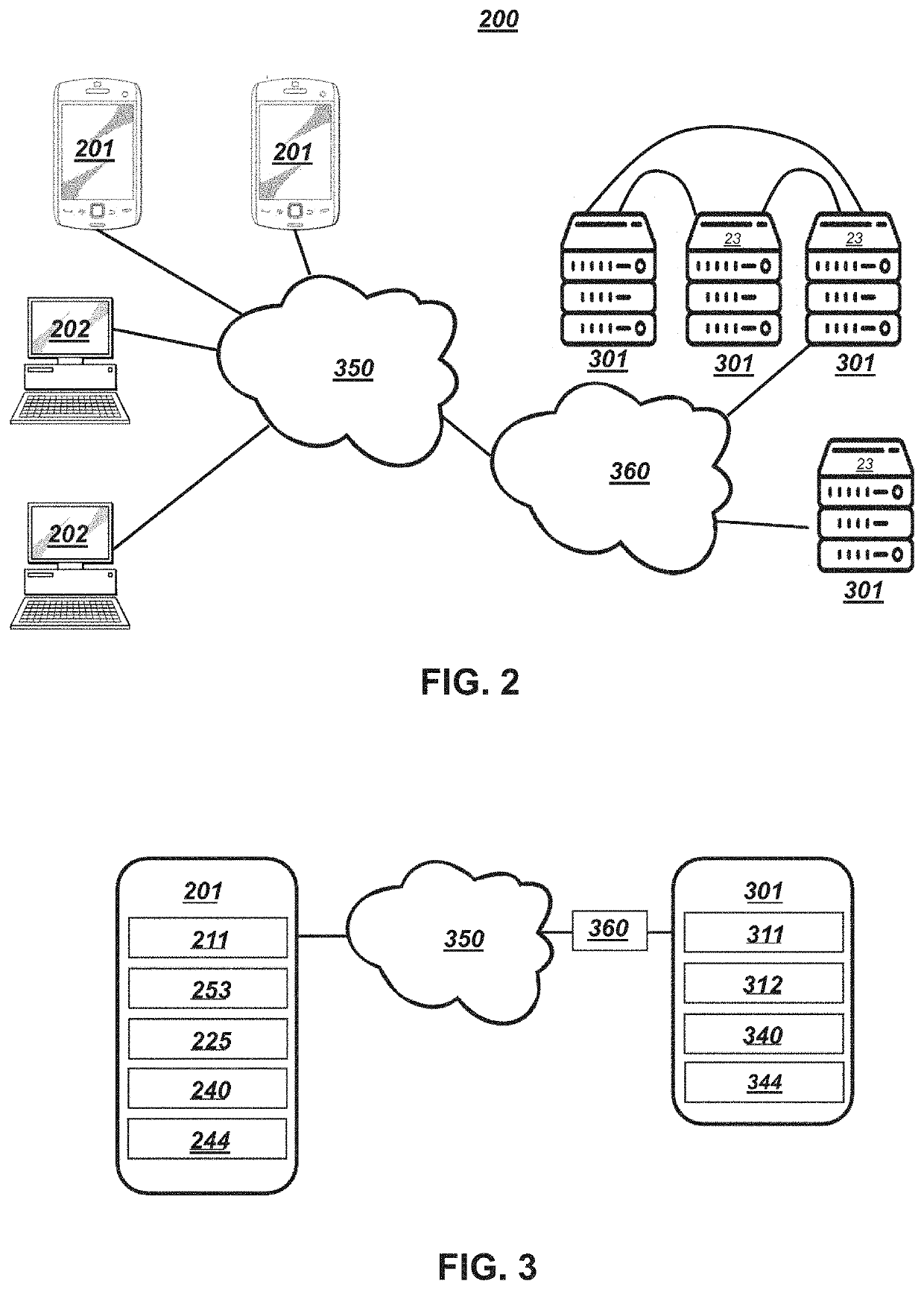Scalable, flexible and robust template-based data extraction pipeline
a template-based data extraction and template technology, applied in the field of extracting data from documents, can solve the problems of uncertainty and processing bottlenecks, difficult to achieve a high level of accuracy within a reasonable runtime, and difficult to achieve the effect of achieving a high level of accuracy, reducing the size of the intermediate image, and improving the processing time of estimating
- Summary
- Abstract
- Description
- Claims
- Application Information
AI Technical Summary
Benefits of technology
Problems solved by technology
Method used
Image
Examples
embodiments
[0105]The following list provides embodiments of the invention and forms part of the description. These embodiments can be combined in any compatible combination beyond those expressly stated. The embodiments can also be combined with any compatible features described herein:[0106]Embodiment 1: A computer-implemented method for extracting data from a document comprising: acquiring an input image comprising a document portion, the document portion being of a document of a first document type; performing image segmentation on the input image to form a binary input image that distinguishes the document portion from the remaining portion of the input image; estimating a first image transform to align the binary input image to a binary template image; using the first image transform on the input image to form an intermediate image; estimating a second image transform to align the intermediate image to a template image, the template image comprising a template document portion, the templa...
PUM
 Login to View More
Login to View More Abstract
Description
Claims
Application Information
 Login to View More
Login to View More - R&D
- Intellectual Property
- Life Sciences
- Materials
- Tech Scout
- Unparalleled Data Quality
- Higher Quality Content
- 60% Fewer Hallucinations
Browse by: Latest US Patents, China's latest patents, Technical Efficacy Thesaurus, Application Domain, Technology Topic, Popular Technical Reports.
© 2025 PatSnap. All rights reserved.Legal|Privacy policy|Modern Slavery Act Transparency Statement|Sitemap|About US| Contact US: help@patsnap.com



